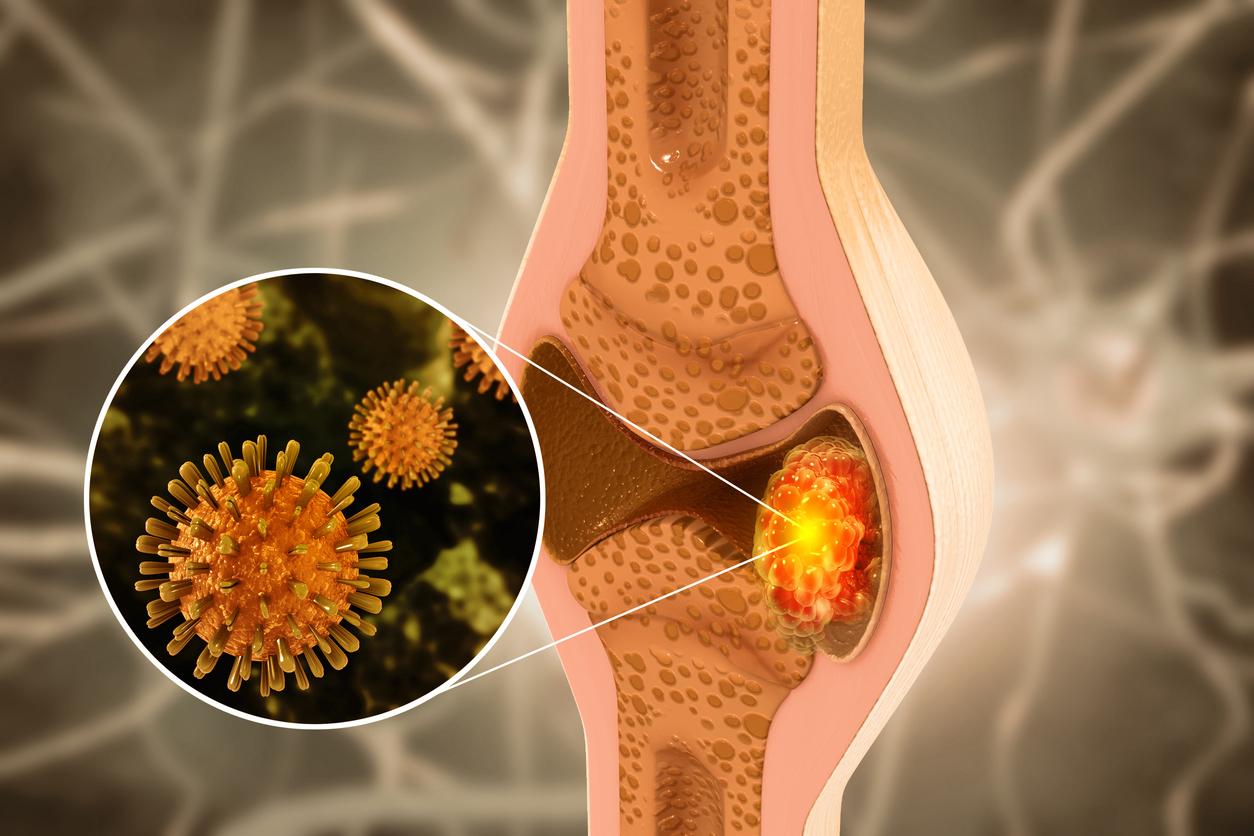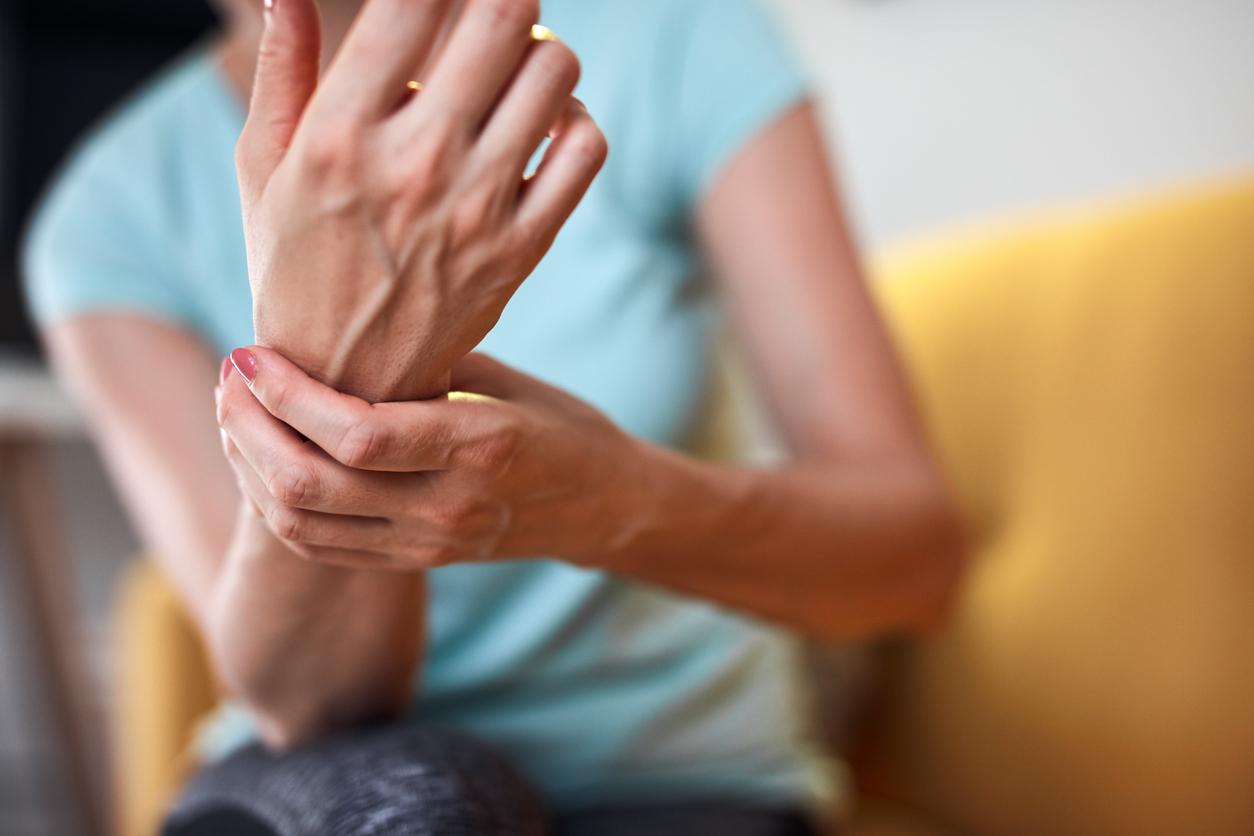The lack of vitamin D results in several symptoms, knowing them allows you to act by adapting your diet and exposing yourself more to the sun to avoid a serious deficiency.

- Fatigue, hair loss, depression… There are many symptoms of vitamin D deficiency.
- If in doubt, a blood test can confirm the diagnosis.
- Diet and exposure to sunlight help meet vitamin D needs.
Maintaining calcium and phosphorus levels in the body, bone mineralization, strengthening our immune system, regulating hormones… vitamin D has many roles and is therefore essential for health. Every day, an adult should consume 15 micrograms, according to the National Agency for Food, Environmental and Occupational Health Safety (ANSES). In the event of insufficient intake, the consequences can be significant, such as muscular disorders (decreased muscle tone, convulsions, tetany attacks) or bone disorders (pain, fractures, etc.). But how do you know that you are deficient in vitamin D?
Vitamin D deficiency: symptoms to spot
THE lack of vitamin D – which appears most often in cases ofexposure to insufficient sunlight (winter, northern latitudes in the northern hemisphere…) – causes several symptoms. The University of Nebraska-Lincoln has compiled a list on its website:
- the ffatigue;
- disturbed sleep;
- bone pain or aches;
- depression or a feeling of sadness;
- hair loss;
- muscle weakness;
- loss of appetite;
- getting sick more easily;
- pale skin;
Very significant vitamin D deficiencies – generally linked to disorders – are likely to result in more worrying symptoms. They vary according to age groups, depending on the Vidal. Adults and elderly people with insufficient levels of the substance may suffer from weakening of bones and a higher risk of fracture. In infants, this may manifest as a rickets, a soft skull, slower closing of the spaces between the cranial bones, difficulty sitting and moving. The little ones between 1 and 4 year olds sometimes present impaired bone growth, difficulty walking, a risk of scoliosis or even a varus or valgus of the knees (bow legs). LOlder children and adolescents are also likely to have walking problems and knee deformity. But in case of vitamin D deficiency, the bones of their pelvis can also become flattened and thusimminue the pelvic canal.
Vitamin D : how to refuel?
Daily intake of vitamin D are most often covered by two natural routes:
- Exposure to the sun: it is recommended to expose yourself 15 to 20 minutes per day late morning or afternoon.
- Food: many products are rich in vitamin D such as fatty fish (herring, sardines, salmon, etc.), mushrooms (chanterelles, porcini mushrooms and morels), egg yolk, dark chocolate, butter and margarines or even offal (especially liver)…
If you think you have a vitamin D deficiency, a blood test can help determine this. If this is the case, your GP may prescribe vitamin D ampoules or drops.
















